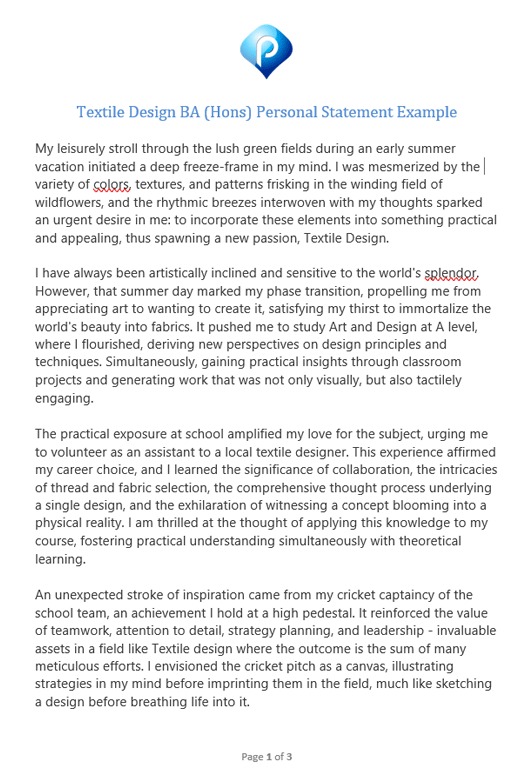UV Printers: Revolutionizing the Printing Industry
The UV printer is a cutting-edge technology that has transformed the printing industry with its versatility, precision, and high-quality output. It stands out due to its ability to print on a wide range of materials, from paper and plastic to metal, wood, and glass, making it a favourite across industries such as advertising, manufacturing, packaging, and design.
In this guide, we’ll explore what UV printing is, how it works, and why it’s a game-changer for businesses.
What is a UV Printer?
A UV printer uses ultraviolet (UV) light to instantly cure (dry) the ink as it’s printed onto a surface. Unlike traditional printers that rely on solvent or water-based inks that need time to air-dry, UV printers use UV-sensitive inks that harden when exposed to UV light. This instantaneous drying process results in sharper, more vibrant, and durable prints.
How UV Printing Works
- Ink Application: The UV printer applies UV-sensitive ink to the material.
- UV Curing: UV lights immediately follow the printhead and cure the ink as it’s laid down, solidifying it in seconds.
- Finished Product: The curing process is fast, meaning the printed item can be handled or used immediately without waiting for drying.
Benefits of UV Printers
1. Print on Almost Any Material
One of the biggest advantages of UV printers is their ability to print on a variety of materials, including:
- Wood
- Metal
- Glass
- Plastic
- Fabric
- Ceramics
This opens up countless possibilities for industries like signage, packaging, and personalized product manufacturing.
2. High-Definition Prints
UV printing delivers exceptional clarity and vivid color reproduction. The UV curing process ensures that inks are instantly hardened, preventing them from bleeding into the material or smudging.
3. Durable and Long-Lasting Prints
UV-cured ink forms a strong bond with the material, making the prints more resistant to environmental factors like sunlight, moisture, and abrasions. This makes it ideal for creating outdoor signage, vehicle wraps, and packaging that can endure wear and tear.
4. Eco-Friendly Printing
UV printing is more environmentally friendly compared to solvent-based printing. The process produces no volatile organic compounds (VOCs) or hazardous air pollutants (HAPs), making it a safer and greener printing option.
5. Faster Turnaround Times
Since UV ink dries instantly, businesses can print large quantities quickly without waiting for drying time. This is especially beneficial for tight deadlines in commercial printing and advertising.
6. Enhanced Customization
UV printing enables businesses to create customized products like promotional items, personalized gifts, or one-of-a-kind designs. The precision of UV printing allows for intricate details, making it ideal for branding and marketing.
Types of UV Printers
1. Flatbed UV Printers
These printers are designed to print on flat surfaces, making them perfect for materials like wood, metal, and glass. Flatbed printers are commonly used for signage, furniture, and custom promotional products.
2. Roll-to-Roll UV Printers
Roll-to-roll UV printers specialize in printing on flexible materials like vinyl, fabric, or paper rolls. They’re widely used in the advertising and fashion industries to create large banners, posters, and textiles.
3. Hybrid UV Printers
Hybrid printers combine the best features of flatbed and roll-to-roll printers, allowing them to handle both rigid and flexible materials. This makes them a versatile choice for businesses that need to print on various types of substrates.
Applications of UV Printers
1. Signage
UV printers are widely used in the creation of high-quality indoor and outdoor signage. The durability and resistance to environmental conditions make them ideal for long-lasting signs and banners.
2. Product Personalization
From phone cases to customized promotional items, UV printing allows businesses to print directly onto products, making it easy to create personalized, branded items.
3. Packaging
With UV printing, businesses can produce eye-catching packaging with vibrant colors and detailed images. UV printers allow for high-quality branding on packaging materials like cardboard, plastic, and even metal.
4. Textiles
The fashion industry benefits from UV printing as well, especially for custom fabrics used in clothing, accessories, and home decor. The sharp, long-lasting prints make UV printers a favorite for textile customization.
5. Automotive Industry
UV printers are used to produce vehicle wraps that are both durable and vibrant. Since the ink is resistant to UV rays, weather, and abrasions, it ensures that the design remains intact for years.
Why UV Printing is a Smart Business Investment
UV printing technology offers an unmatched combination of speed, quality, and versatility, making it a perfect solution for businesses looking to stand out. Here’s why investing in a UV printer is a smart move:
1. Increased Revenue Opportunities
The ability to print on virtually any material opens up new business opportunities. From custom signage to unique promotional products, UV printers allow businesses to offer a wide range of services to clients.
2. Cost-Effective Production
UV printers are designed for high-volume production, making them more cost-effective over time. The fast curing process also saves valuable time and resources, helping businesses complete projects faster and with fewer materials.
3. Versatility Across Industries
Whether you’re in advertising, packaging, manufacturing, or fashion, UV printers offer the flexibility to meet the demands of multiple industries. Businesses can use UV printing for both small-scale custom orders and large production runs.
Conclusion
A UV printer is more than just a printing machine—it’s a versatile and powerful tool that can help businesses enhance their branding, reach new customers, and improve production efficiency. Whether you’re looking to create durable signage, personalized products, or high-quality packaging, UV printing technology offers endless possibilities.
By investing in a UV printer, businesses can offer superior printing services that deliver vivid colours, intricate details, and long-lasting durability across a wide range of materials.









